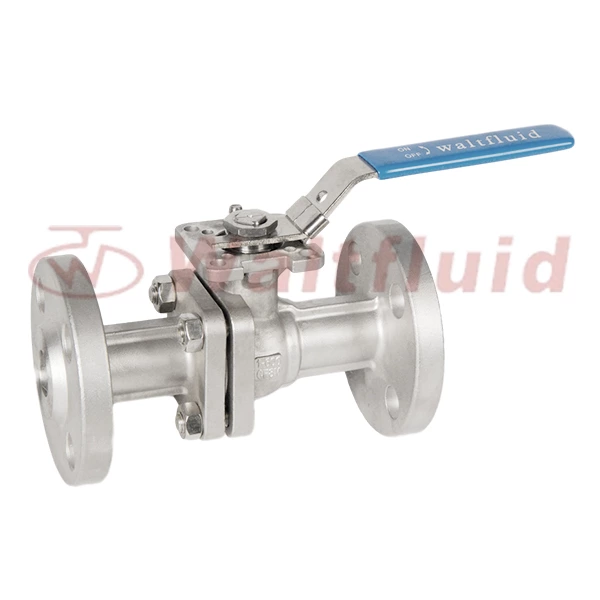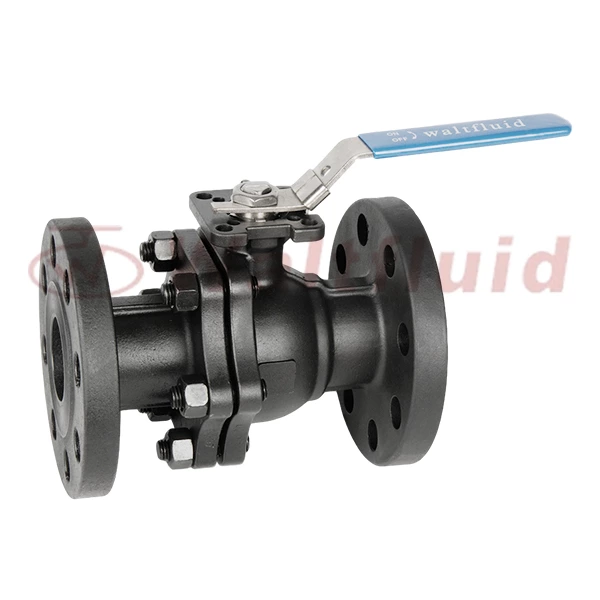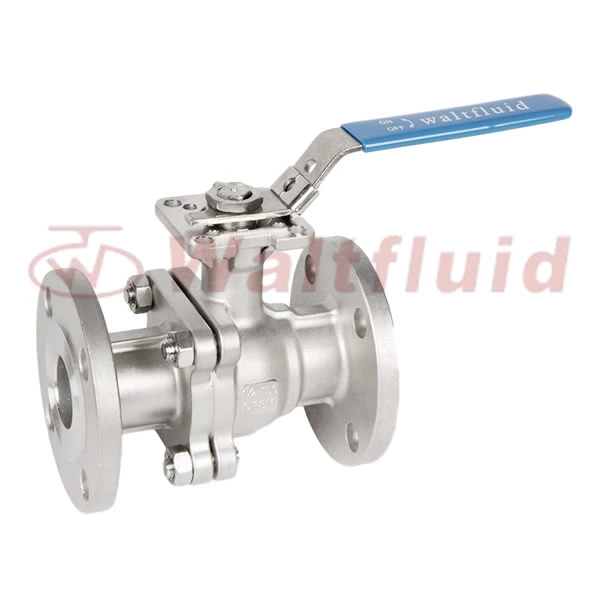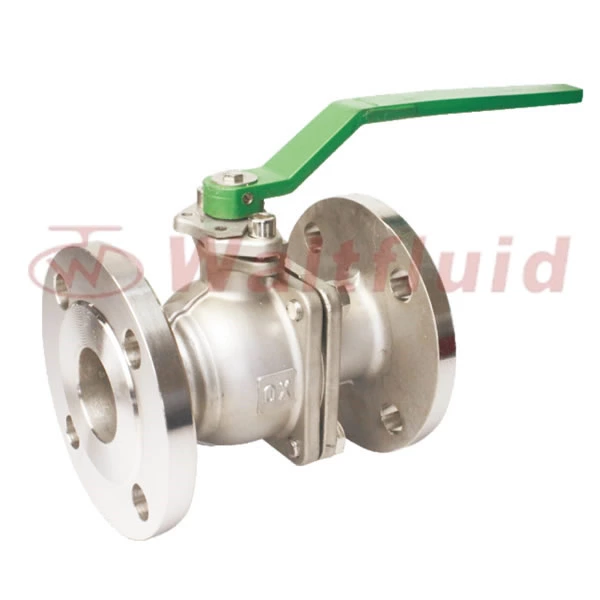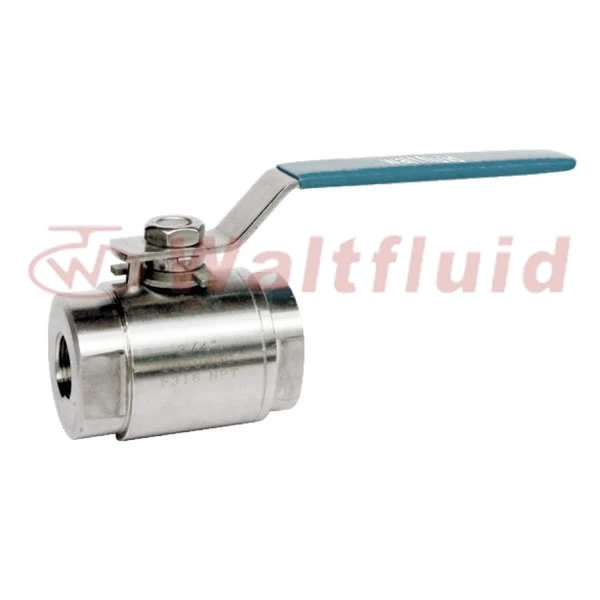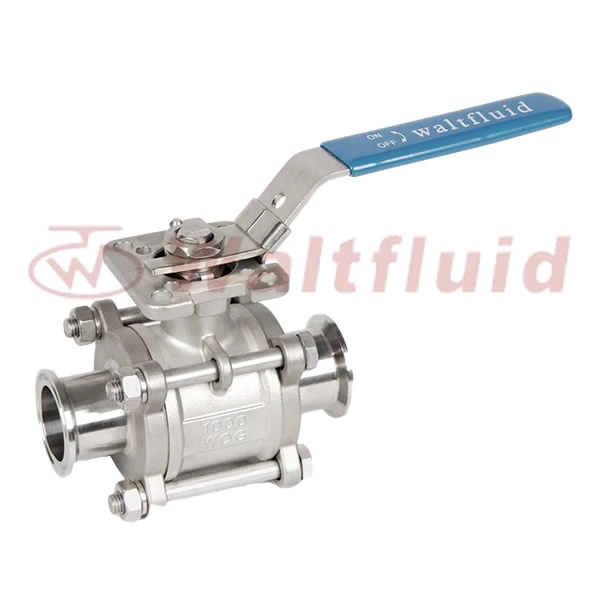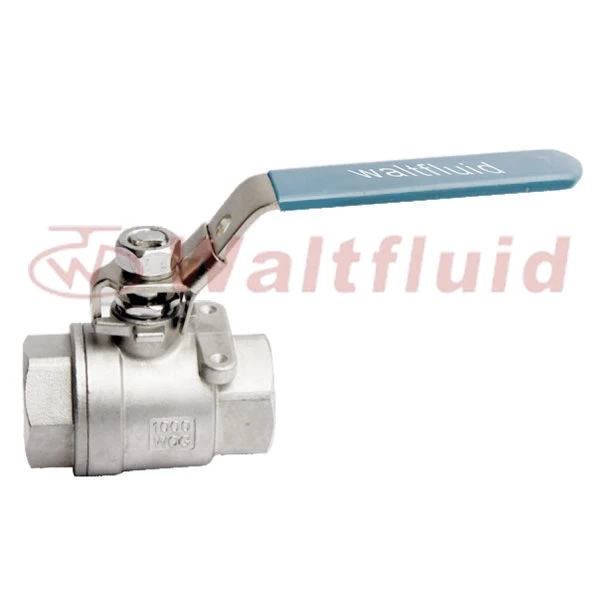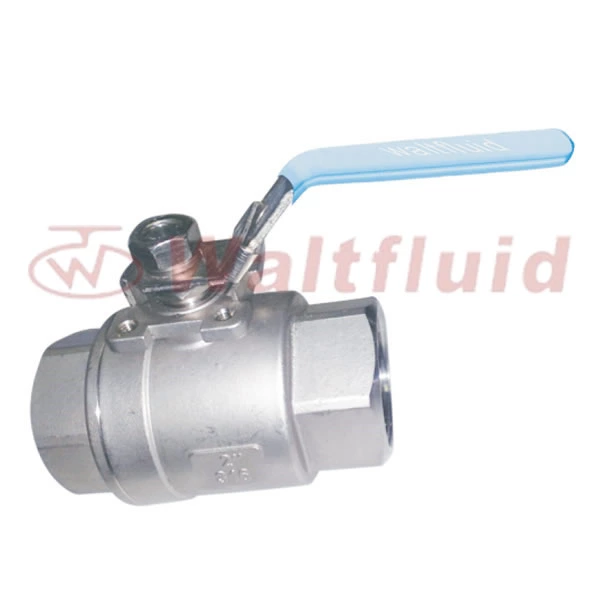Stainless Steel Ball Valve Pre-processing Steps And Maintenance Steps
2 Piece Threaded Ball Valve Pre-processing steps and maintenance steps
Stainless steel ball valves must be strictly completed in accordance with the required steps before and after assembly. This article mainly introduces the processing process that the parts of stainless steel ball valves must go through before assembly, as follows:
1) According to the processing requirements, some parts need to be polished, and there should be no processing burrs on the surface;
2) All parts are degreased;
3) After degreasing, the stainless steel ball valve is pickled and passivated (the cleaning agent does not contain phosphorus);
4) After pickling and passivation, rinse with pure water, and there should be no residual reagents (this step is omitted for carbon steel parts);
5) Wipe each part with non-woven cloth, and no lint should remain on the surface of the part, or blow dry with clean nitrogen;
6) Wipe each part with non-woven cloth or precision filter paper dipped in analytical pure alcohol until there is no dirty color.
Other requirements for the installation of stainless steel ball valves:
1) The assembled stainless steel ball valve should be purged with nitrogen for at least 1 minute;
2) The airtight test must be performed with pure nitrogen;
3) After the airtight test is passed, it is encapsulated and sealed with a clean polyethylene cap. The polyethylene cap should be soaked in an organic solvent and wiped clean before use;
4) Then it is sealed with a vacuum bag;
5) Finally, it is packed;
6) Measures should be taken during transportation to ensure that the encapsulation is not damaged. What steps are required before and after the stainless steel ball valve is assembled.
Maintenance of stainless steel ball valves
Stainless steel ball valves can be closed tightly with only a 90-degree rotation and a very small torque. The completely equal inner cavity of the valve body provides a very small resistance and straight flow channel for the medium. The main features of the ball valve are its compact structure, easy operation and maintenance, and it is suitable for general working media such as water, solvents, acids and natural gas, and also for media with harsh working conditions, such as oxygen, hydrogen peroxide, methane and ethylene. The ball valve body can be integral or combined. This type of valve should generally be installed horizontally in the pipeline. Stainless steel ball valve classification: stainless steel pneumatic ball valve, stainless steel electric ball valve, stainless steel manual ball valve. Stainless steel ball valve materials are divided into 304, 316, 321 stainless steel ball valves.
Maintenance:
During the production process, stainless steel ball valves are very easy to come into contact with other metal iron products. In order to keep stainless steel valves from rusting, the simplest way is to follow the following process.
1. After the rough product is finished and pickled, it must be rinsed clean. If there are sand holes or perforations, it should be gas-shielded by argon arc welding. Then polish it and then perform solid solution treatment;
2. After the finished product is processed and pressure tested. It should be rinsed with water added with rust-proof powder.
3. Try to use wooden box packaging during transportation and do not contact metal products.
4. After installing the pipeline, regularly maintain and maintain it, such as applying lubricating oil to the valve stem. Open and close the valve several times appropriately. Make the inner ball, valve stem, and sealing surface not easy to assimilate.
Stainless steel ball valves generally have two structures: reduced diameter and non-reduced diameter channel. Regardless of the structure, the flow resistance coefficient of the ball valve is relatively small.
Especially the so-called full flow type, that is, the non-reduced diameter ball valve, because its channel diameter is equal to the inner diameter of the pipeline, the local resistance loss is only the friction resistance of the pipeline of the same length, that is, among all valves, this kind of ball valve has the smallest flow resistance. In rocket launch and its test system,
The smaller the resistance of the transport pipeline, the better.
There are two ways to reduce the resistance of the pipeline system: one is to reduce the fluid flow rate, for which it is necessary to increase the pipe diameter and valve diameter, which often has an adverse effect on the economy of the pipeline system, especially for the cryogenic transport system (liquid hydrogen).
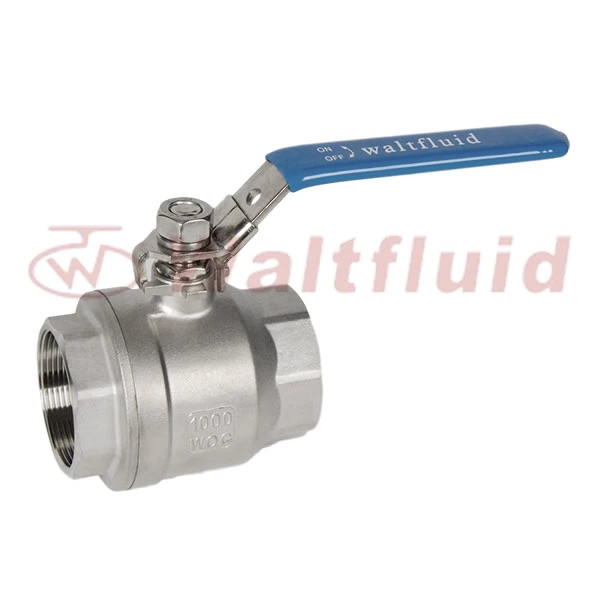
 English
English 中文
中文 Pусский
Pусский  Español
Español
